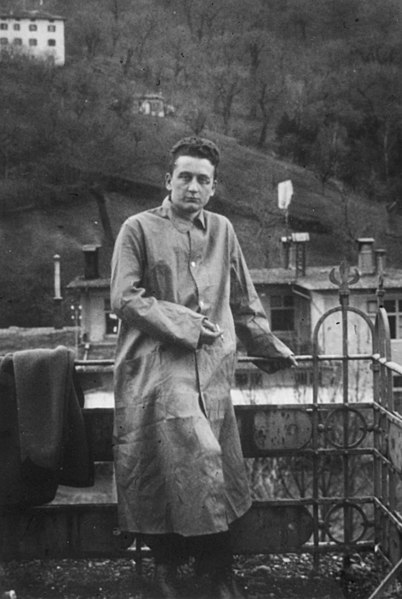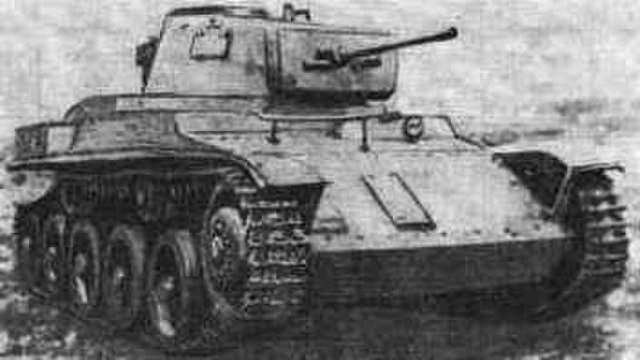Albert Imre Szent-Györgyi de Nagyrápolt was a Hungarian biochemist who won the Nobel Prize in Physiology or Medicine in 1937. He is credited with first isolating vitamin C and discovering many of the components and reactions of the citric acid cycle and the molecular basis of muscle contraction. He was also active in the Hungarian Resistance during World War II, and entered Hungarian politics after the war.
Szent-Györgyi c. 1948
Szent-Györgyi in 1917 Italy
During World War II, the Kingdom of Hungary was a member of the Axis powers. In the 1930s, the Kingdom of Hungary relied on increased trade with Fascist Italy and Nazi Germany to pull itself out of the Great Depression. Hungarian politics and foreign policy had become more stridently nationalistic by 1938, and Hungary adopted an irredentist policy similar to Germany's, attempting to incorporate ethnic Hungarian areas in neighboring countries into Hungary. Hungary benefited territorially from its relationship with the Axis. Settlements were negotiated regarding territorial disputes with the Czechoslovak Republic, the Slovak Republic, and the Kingdom of Romania. On November 20, 1940, Hungary became the fourth member to join the Axis powers when it signed the Tripartite Pact. The following year, Hungarian forces participated in the invasion of Yugoslavia and the invasion of the Soviet Union. Their participation was noted by German observers for its particular cruelty, with occupied peoples subjected to arbitrary violence. Hungarian volunteers were sometimes referred to as engaging in "murder tourism."

Hungarian leader Miklós Horthy and German leader Adolf Hitler in 1938
Pál Teleki, prime minister of the Kingdom of Hungary (1920–1921 and 1939–1941)
Hungarian Toldi I tank used during the 1941 invasion of the Soviet Union.
Hungarian Arrow Cross army/militia and a German Tiger II tank in Budapest, October 1944.






